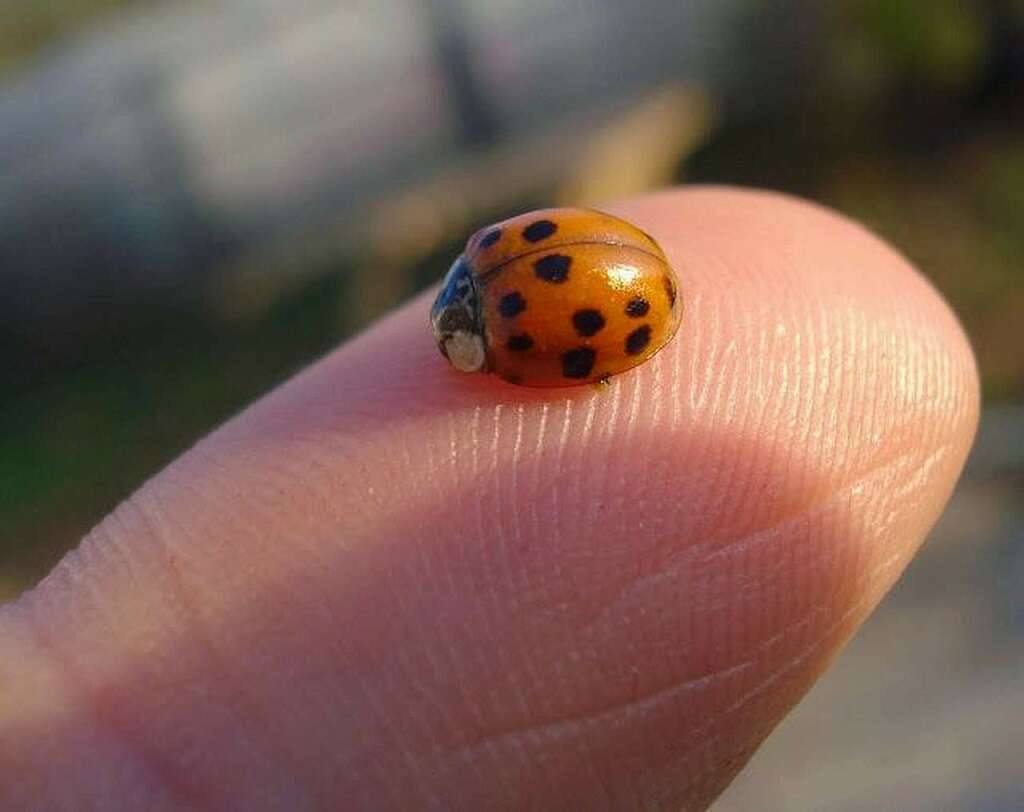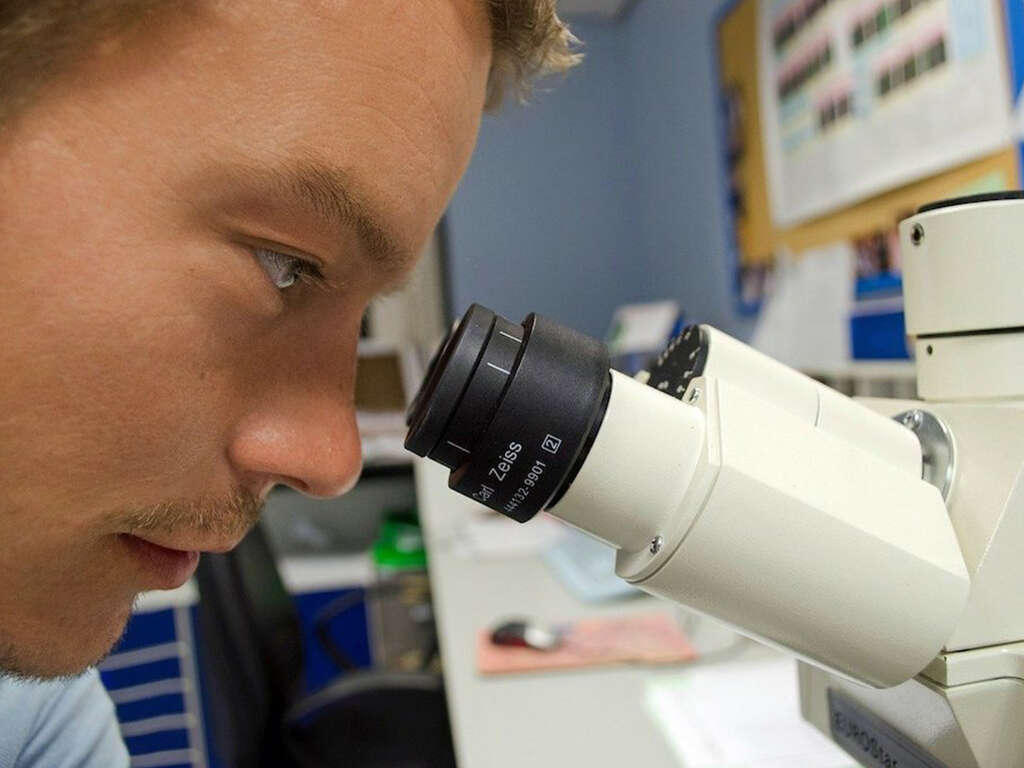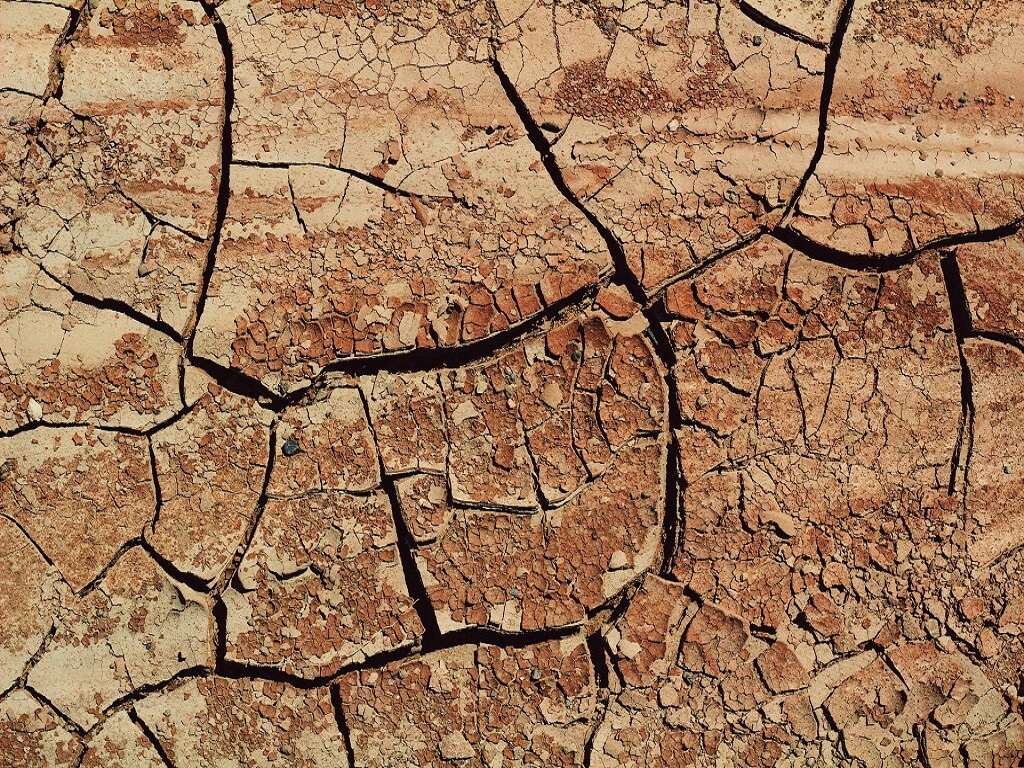10 FAQs About the Hypodermis
 Article Sources
Article Sources
- 1. Yousef, Hani. 'Anatomy, Skin (Integument), Epidermis.' U.S. National Library of Medicine, 27 July 2020, www.ncbi.nlm.nih.gov/books/NBK470464
- 2. Saldana, José Ignacio. 'Macrophages.' British Society for Immunology, www.immunology.org/public-information/bitesized-immunology/cells/macrophages
- 3. Biga, Lindsay M., et al. '5.3 Functions of the Integumentary System.' Anatomy Physiology, OpenStax/Oregon State University, open.oregonstate.education/aandp/chapter/5-3-functions-of-the-integumentary-system
- 4. 'Administering Drugs via a Subcutaneous Injection.' Nursing Times, 7 Apr. 2021, www.nursingtimes.net/clinical-archive/assessment-skills/injection-technique-2-administering-drugs-via-the-subcutaneous-route-28-08-2018
As the largest human organ, skin wraps the entire outer body and performs many essential functions. It protects the body from UV rays, pathogens and other external threats, and it retains moisture and houses blood vessels and nerves. The three layers of the skin are the epidermis, dermis and hypodermis.
The hypodermis, also known as the subcutaneous layer, is the deepest layer of skin and lies directly below the dermis layer. The hypodermis layer is home to fat cells and some skin appendages, such as sensory neurons and hair follicles.1Yousef, Hani. ‘Anatomy, Skin (Integument), Epidermis.’ U.S. National Library of Medicine, 27 July 2020, www.ncbi.nlm.nih.gov/books/NBK470464

Consists Mostly of Fat
The hypodermis has limited blood vessels, functions as a fat storage area and is primarily composed of adipose, or fat, tissue. This tissue contains groups of fat-storing cells, known as adipocytes or adipose lobules. This stored fat serves several functions, including energy conservation, heat loss insulation and cushioning to protect the outer body and internal organs from impact and other traumas.
Where this type of fat accumulates and is stored in the body depends on various genetic factors and hormones. The hypodermis houses the type of fat that dieters and people who are trying to lose or control their weight generally target.

Provides Shock Absorption
The fat stores in the hypodermis function to provide the body's outer layer with protection and shock absorption against trauma. For example, the hypodermis in the buttocks can provide comfort against the hardness of a chair.
This fat can also protect the palms of the hands from bruising when shovels or other hand-held tools are in use. Additionally, this fat protects internal body parts, such as tissues, organs, bones and muscles, by acting as a cushion against impacts or falls.

Acts as a Thermoregulator
An essential function of the skin is to protect the body from extreme temperatures and maintain a consistent core temperature. The fat in the hypodermis layer of the skin insulates the body against heat loss.
The arterioles in the hypodermis shrink in response to temperature drops, which reduces heat loss. This process is vital to maintaining warmth in the toes and fingertips, as well as the end of the nose. With age, the hypodermis thins, making the body more sensitive to cold.

Provides Energy Storage
The adipose, or fat, stored in the hypodermis can effectively store energy. In general, fats are a slow-burning type of energy, making them energy-efficient and one that the body tends to conserve.
Some diets focus on reducing carbohydrates, so the fatty tissue fuel gets burned up sooner to promote weight loss. For example, once all the energy available from carbohydrates is burned up, the body burns the adipose tissue as an energy-efficient and slow-burning form of fuel.

Hosts an Integral Part of the Immune System
The hypodermis contains white blood cells, known as macrophages. These cells are an integral part of the body's immune system and function as defense mechanisms against intruders. Macrophages are amoeba-like organisms that use the process of phagocytosis to clean the body of undesirable microscopic organisms.
Phagocytosis, which means to eat, is accomplished when a macrophage engulfs an unwanted particle and secretes digestive enzymes that destroy it.2Saldana, José Ignacio. ‘Macrophages.’ British Society for Immunology, www.immunology.org/public-information/bitesized-immunology/cells/macrophages A macrophage can locate and eliminate particles, such as viruses, bacteria, parasites and fungi.

Supports Skin Structure
The hypodermis connects the other layers of skin to the underlying fascia of muscles and bones through its loose connective tissue, or adipose. This layer contains collagen and elastin fibers that provide the primary structural support for the skin.
Without this connective tissue, the skin would slide off of the bones and muscles underneath. As the body ages, the hypodermis loses form due to changes in the stored fat cells, which can then lead to thinning and loose skin.

Varies in Thickness
Hypodermis thickness is determined by the number and size of its adipose cells and differs in certain regions of the body. This thickness also varies by gender. For example, men typically store more fat tissue in the hypodermis in their shoulder and stomach areas.
Conversely, women typically store more fat tissue in the hypodermis in their buttock, hip and thigh areas. For both genders, the layer of hypodermis is generally thickest in the soles of the feet and palms of the hands.

Creates Vitamin D
Some hormones are made by the fat cells in the hypodermis, including vitamin D. Despite its name, vitamin D is a prohormone, or precursor of a hormone, rather than a vitamin. The human body obtains most of the vitamins and minerals from foods. The human body produces vitamin D when exposed to the sun.
Vitamin D is an essential vitamin and contributes to the maintenance of healthy teeth and bones. It may also protect against several conditions and diseases, including type 1 diabetes.

Detects Sensation and Retains Heat
The hypodermis contains specialized neurons that detect sensation.3Biga, Lindsay M., et al. ‘5.3 Functions of the Integumentary System.’ Anatomy Physiology, OpenStax/Oregon State University, open.oregonstate.education/aandp/chapter/5-3-functions-of-the-integumentary-system These sensations include vibration, pressure, touch, pain and surface temperature. These sensory receptors are concentrated on the tips of the fingers, which are highly sensitive to touch.
Additionally, numerous hair follicles that are connected to a sensory nerve and tiny muscle, the arrector pili, are embedded in the hypodermis. The arrector pili muscles shrink in the cold, causing body hair to become erect and increasing body temperature, as vertical body hair can retain heat.

Ideal Injection Location
The tissue-rich make-up of the hypodermis and its limited supply of blood vessels make it an effective site for subcutaneous injections of several types of medications that require gradual absorption. These include, but are not limited to, heparin and insulin.4‘Administering Drugs via a Subcutaneous Injection.’ Nursing Times, 7 Apr. 2021, www.nursingtimes.net/clinical-archive/assessment-skills/injection-technique-2-administering-drugs-via-the-subcutaneous-route-28-08-2018
The areas on the body that are often used for medication injections due to their abundance of hypodermis tissue include the front of the thighs, the abdomen's middle section, the outer area of the upper arms and the upper buttocks.











